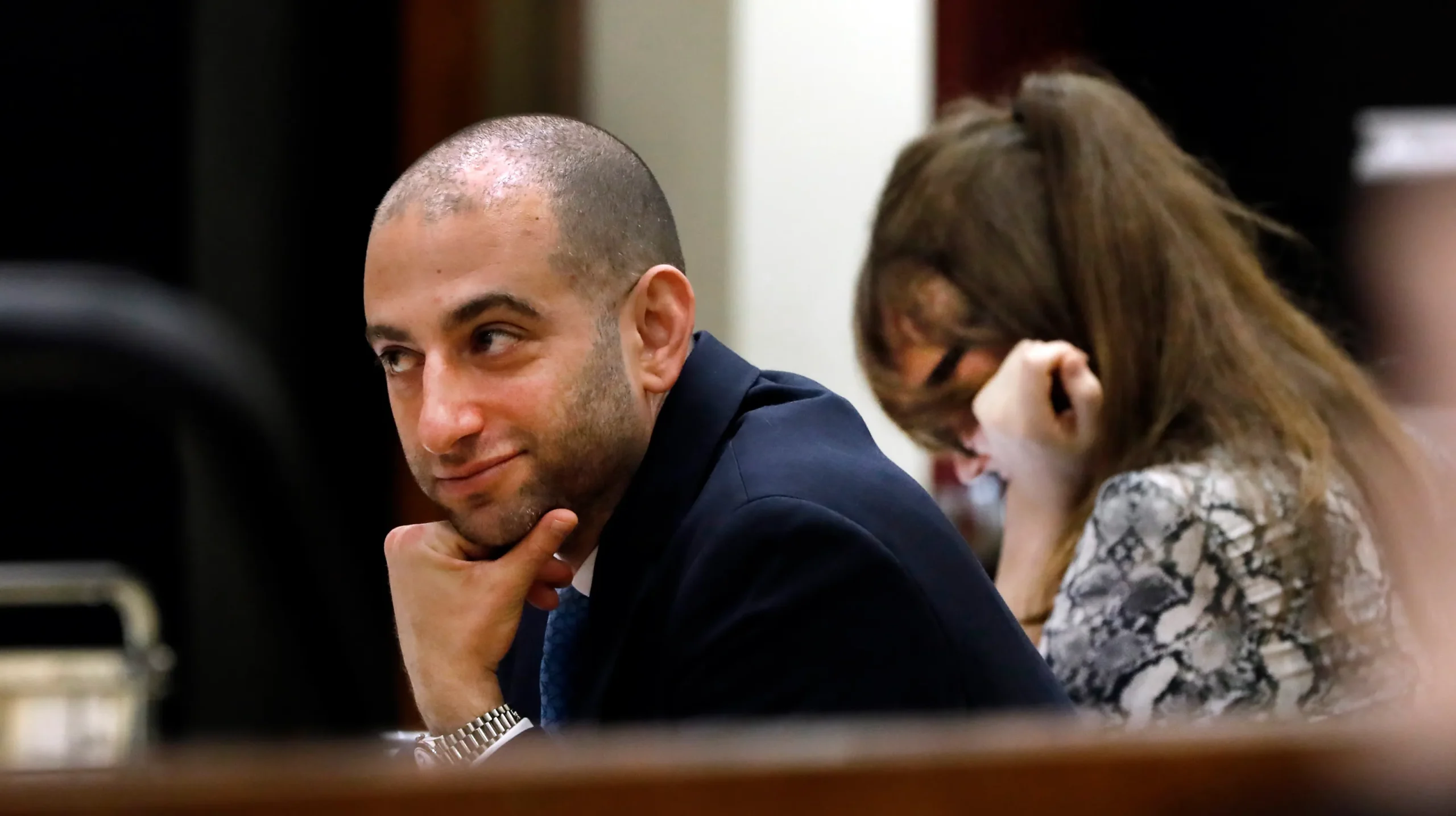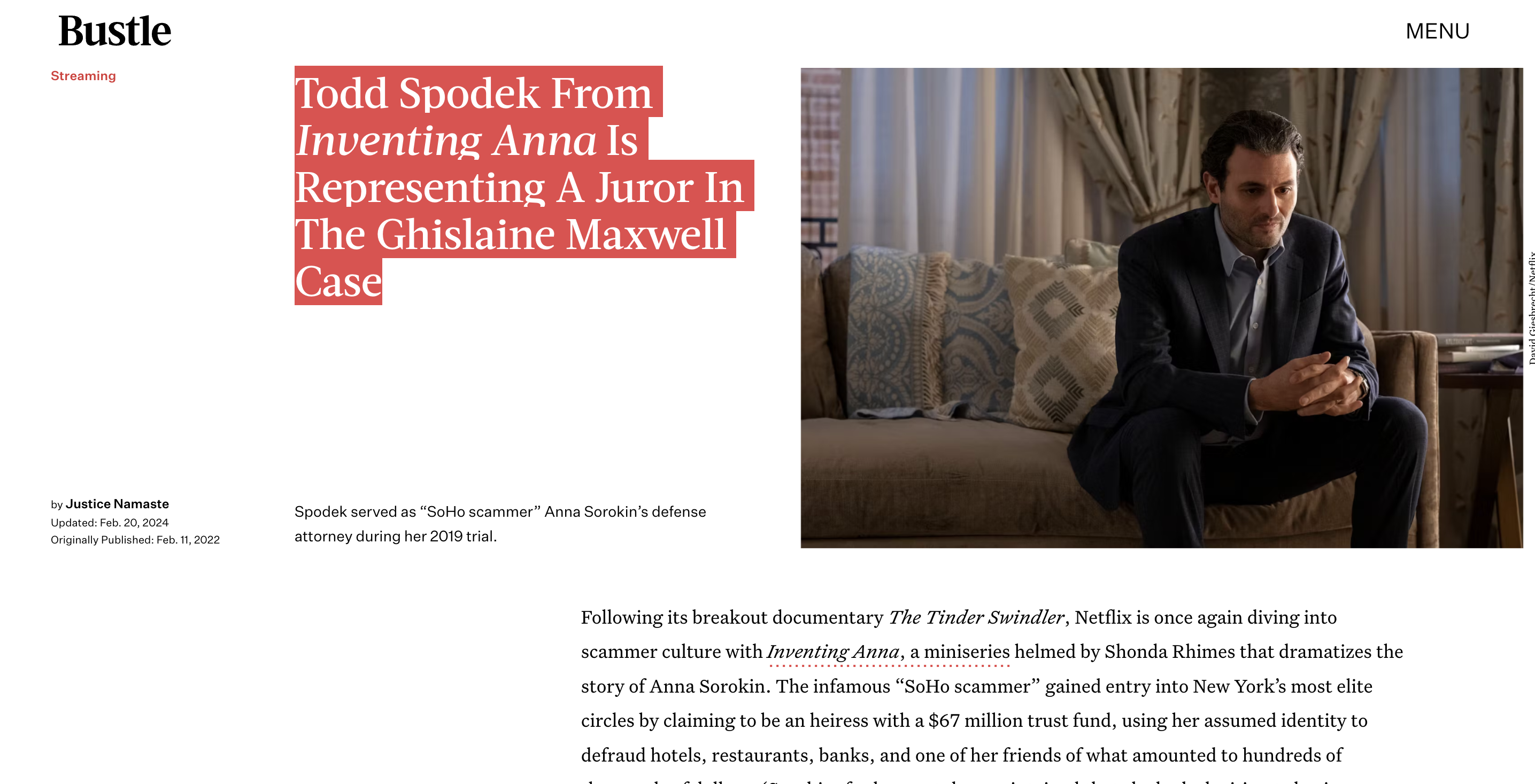Blog
How Polygraph Tests Can Support Counterfeiting Defenses
Contents
- 1 How Polygraph Tests Can Support Counterfeiting Defenses
- 1.1 What is a Polygraph Test and How Does it Work?
- 1.2 Limitations of Polygraph Tests
- 1.3 Polygraph Testing in Counterfeiting Cases
- 1.4 Using Polygraph Results to Support Defenses
- 1.5 Selecting a Qualified Examiner is Critical
- 1.6 Using Polygraph Strategically Based on Case Circumstances
- 1.7 Polygraph Testing Process Safeguards
- 1.8 Conclusion
How Polygraph Tests Can Support Counterfeiting Defenses
Polygraph tests, commonly known as lie detector tests, have been used for decades to try to determine if someone is telling the truth. While the reliability and admissibility of polygraph tests as evidence in court is controversial, they can still provide valuable support for counterfeiting defenses in certain cases. Here’s an overview of how polygraph tests work, their limitations, and how they may bolster counterfeiting defenses when used appropriately.
What is a Polygraph Test and How Does it Work?

A polygraph test measures and records several physiological responses while an examinee is asked a series of questions. A polygraph instrument records changes in blood pressure, pulse, respiration, and skin conductivity. The idea is that telling a lie causes different emotional and physiological responses than telling the truth, which can be detected by the polygraph.
There are different polygraph testing techniques, but the most common is the Comparison Question Test (CQT). The CQT compares physiological responses to relevant questions related to the issue being investigated to responses to comparison questions about other actions or possible misdeeds. If responses to the relevant questions are stronger, the examinee is considered to be exhibiting deception.
Polygraph examiners also rely on behavioral observation techniques and a post-test interview to make their final determination regarding truthfulness. It’s not simply a matter of mechanically analyzing the charted responses. The entire process involves the examiner’s interpretation of behaviors, charts, and responses to questions.
Limitations of Polygraph Tests
While polygraphs measure physiological signs of stress and anxiety, they do not actually detect lies directly. There are several limitations and controversies surrounding polygraph testing [4]:
- They are subject to error – Both false positive and false negative results can occur.
- The validity of results relies heavily on the examiner’s interpretation.
- Some individuals may be able to fool the test using countermeasures.
- Certain medical conditions or medications can affect results.
- The nervousness of an honest person can appear similar to someone lying.
- Minor admissions or past actions can produce stronger physiological reactions than major lies.
Because of these issues, polygraph test results are generally not considered sufficiently reliable to be admissible as evidence in court. However, when used as an investigative tool by skilled examiners, polygraphs can provide useful information to support other evidence.
Polygraph Testing in Counterfeiting Cases
Counterfeiting cases inherently rely heavily on circumstantial evidence, since direct evidence like eyewitnesses, video, or caught-in-the-act discoveries are rare. In this context, polygraph testing can provide additional backing for counterfeiting defenses by demonstrating truthfulness regarding lack of knowledge or intent.
For example, a person accused of trafficking in counterfeit goods may take a polygraph test regarding their knowledge of the goods being counterfeit. If the examiner concludes they are being truthful in their denial, this can support a defense that they were an unwitting seller who did not intentionally deal in counterfeits. Though not definitive evidence, a finding of truthfulness lends credence to such a defense and casts doubt on willful counterfeiting.
Polygraph results could similarly bolster defenses related to unintentional possession or arguments that an individual was not involved in counterfeiting production. Demonstrating truthfulness regarding lack of knowledge or intent helps counter assertions of deliberate counterfeiting actions.
Using Polygraph Results to Support Defenses
While polygraph results themselves are usually not admissible in court, conclusions from polygraph examinations can be used to guide defense strategies and investigations. Some ways polygraph testing may assist counterfeiting defenses include:
- Supporting motions to dismiss charges or limit penalties based on lack of criminal intent.
- Providing backing for arguments to reduce charges to lesser offenses.
- Identifying weaknesses in prosecution claims that can be exploited.
- Focusing defense investigations on finding evidence that aligns with polygraph results.
- Persuading prosecutors to drop or reduce charges based on indications of truthfulness.
- Swaying judges or juries that an individual is being truthful if examiners testify about polygraph procedures.
Polygraph results that align with defense arguments can be used to build a stronger case even if the results themselves cannot be presented as evidence. They guide investigation strategies and support motions that rely on lack of intent or knowledge of counterfeiting activities.
Selecting a Qualified Examiner is Critical
If polygraph testing is considered for a counterfeiting defense, it is essential to use a very skilled and experienced examiner. The reliability and usefulness of results depends heavily on the examiner’s training, techniques, and interpretive skills. Only qualified examiners using validated methods can provide meaningful results.
The American Polygraph Association and the American Association of Police Polygraphists are leading organizations that establish standards and provide certification programs for examiners. Select an examiner certified through one of these bodies and with extensive experience specifically with counterfeiting or similar criminal issues. Vet their reputation rigorously. One poorly qualified examiner can undermine the best defense strategy.
Using Polygraph Strategically Based on Case Circumstances
Polygraph testing will not be useful in all counterfeiting cases. Consulting with legal counsel to consider the specifics of each case is important. In general, polygraph results supporting truthfulness are most applicable in cases with the following factors:
- Lack of strong direct evidence of intentional counterfeiting actions.
- Indications the defendant may have been unknowingly involved with counterfeits.
- Opportunity to use results to support motions to dismiss, reduce charges/penalties, or attack prosecution claims.
- A defendant without extensive criminal history related to counterfeiting.
In cases with clear, strong direct evidence of willful counterfeiting, polygraph testing is less likely to overcome that evidence and may not be advisable. However, when counterfeiting charges rely heavily on circumstantial evidence and the defense hinges on lack of knowledge or intent, polygraph results can provide important supplemental support.
Polygraph Testing Process Safeguards
If polygraph testing will be pursued, certain safeguards should be employed to maximize the fairness, reliability and strategic value of the process:
- Select a top qualified examiner experienced with counterfeiting issues.
- Thoroughly prepare the examinee on the procedures and types of questions that will be asked.
- Have legal counsel review and approve the planned questions.
- Get the examiner’s assessment of the examinee’s suitability for testing based on factors like mental health, medical conditions, and medications.
- Conduct a pre-test interview covering details relevant to the case.
- Video record the full polygraph session to document procedures.
- Have the examiner explain test results and conduct a post-test interview.
- Get the examiner’s report in writing along with the supporting charts.
Following best practices for polygraph testing maximizes the credibility and evidentiary value of the results. For counterfeiting defenses, the process must withstand vigorous scrutiny to be persuasive.
Conclusion
Polygraph testing is not a magic solution for counterfeiting defenses, and results cannot be used as definitive evidence in court in most jurisdictions. However, as part of a broader defense strategy, truthfulness findings can provide important supplemental support in many circumstantial cases. Polygraph results alone will rarely exonerate someone, but they can be a useful piece of the puzzle in shaping arguments and investigations related to lack of knowledge or intent.
By understanding the proper role of polygraphs in counterfeiting defenses, and using qualified examiners under rigorous protocols, this controversial technique can bolster claims of innocence under the right circumstances. Though not a silver bullet, polygraphs can provide one more tool for defending against counterfeiting accusations.









